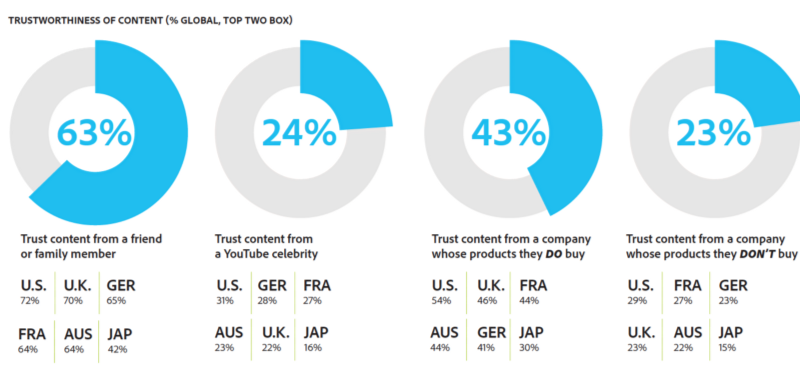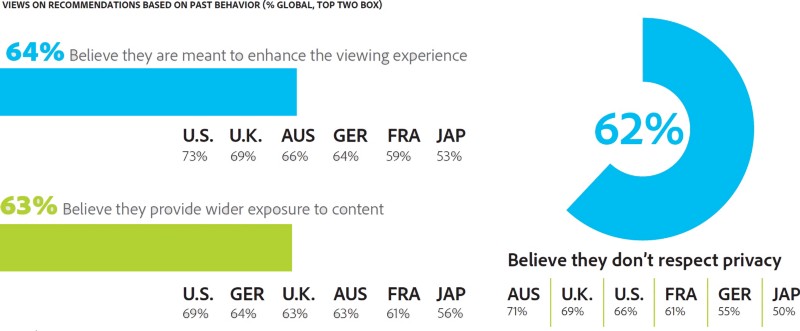Adobe just released its State of Content Rules of Engagement for 2016 report, a snapshot of how digital consumers across the globe want the content that they consume to be sliced and diced. And while it is chock full of advice for content marketers in particular, it also contains a few rules that content strategists may want to pay attention to.
It is no surprise that across the board the key report takeaways focus on user experience as king. However, take note: as expectations for the content soar, consumer patience is being whittled away by a lack of quality or attention to design. The advice is sage: don’t fall victim to #TLDR (too long, didn’t read).
In the health and wellness arena, there is an inclination to write long and detailed and this approach easily equates to snooze and lose. Indeed, the Adobe report indicates that subpar content (e.g. too long, too long to load, bad display) can significantly interfere with how consumers will engage (or, if they engage at all). When consumer patience is tried, roughly nine out of 10 people will either use another device to access content or stop viewing it altogether:
Content strategists also need to be mindful of the relationships that are being built with the audience(s). The health and wellness industry is an environment where skepticism runs high. However, similar to other industries, trust in online health information informs follow up actions. From a content strategy point of view, outrageous health claims, especially when they are related to consumer packaged goods (e.g. foods, supplements) have the ability to halt a customer purchasing journey midway, thereby requiring the strategic approach to be reframed. Adobe reports that consumers are by and large highly skeptical of the content that they view online and tend to lack trust in potentially biased sources. The flip side to this is what the survey authors refer to as “in our relationships we trust:” people trust those that they’re closest to and companies that they know. For example:
Finally, a third key takeaway that deserves attention in the strategy department explores the concept of showing up where you are not wanted. Traditional healthcare companies are experts in data mining. Yet, they traditionally fall short when it comes to determining what to do with that data. The Adobe reports reveals an unexplored opportunity with regard to data: allow customers to define what content access looks like. In the survey almost three-quarters of consumers indicated that they are open to suggestions or predictive recommendations vis a vis content but 40% believed that companies could do a better job to ease their concerns about privacy. Moreover (and here’s the gem), 1 in four indicated that they would be comfortable if companies asked permission to access data. Strategically speaking, brands have permission to be better “content matchmakers” but only if invited to do so. More importantly, privacy is critical:
2016 holds many opportunities for brands who are willing to engage with their audiences on different terms, with different rules and with different approaches. In this environment, foregoing strategy is a recipe for disaster.




